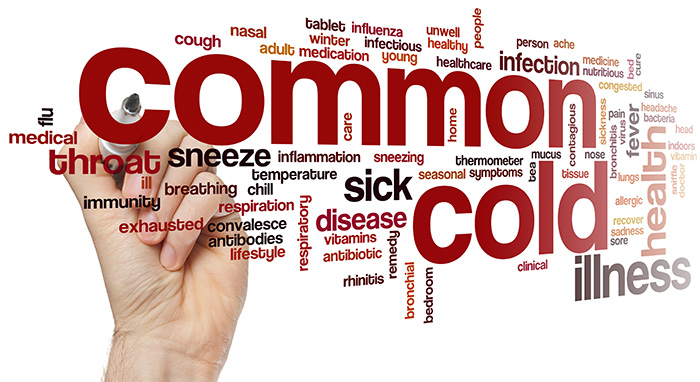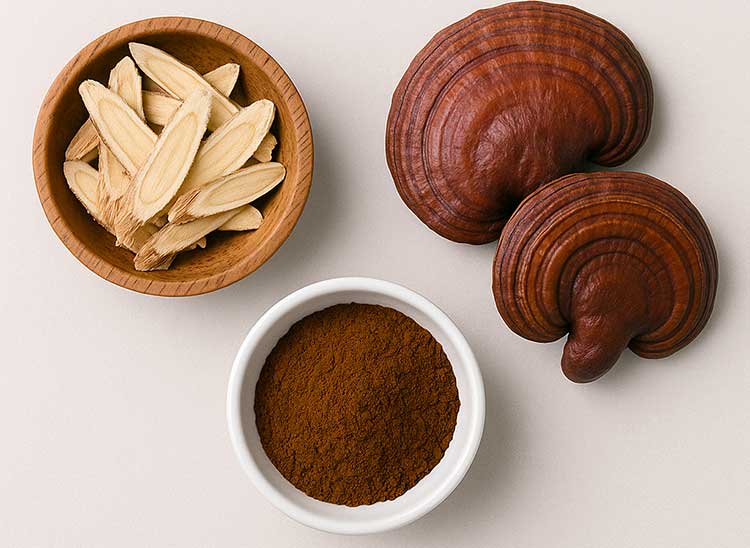Tips to Fight the Common Cold
Dr. Tatyana's Health and Wellness Blog
Treating the whole person to restore optimal health. Check back often for up-to-date news and information about acupunture and Chinese medicine.
Most Recent Posts ...
Posted on: 12/8/2025
Posted on: 11/24/2025
Posted on: 11/10/2025
Posted on: 10/27/2025
Search All Blog Posts
Blog Post Archive Categories
- Top 5 Ways to Stay Healthy This Winter and Avoid the Flu
- Happy Thanksgiving: A Season of Gratitude, Healing & Reflection
- Salt Room Therapy: Your Sanctuary for Breathing, Healing & Deep Relaxation
- Quieting the Storm: How Acupuncture and Neurofeedback Can Help Functioning Alcoholics Break Free
- How Acupuncture Can Help Restore Menstrual Health in Amenorrhea
- How Acupuncture Can Help Reduce Fear and Anxiety Caused by Stress
- Chronic Fatigue and Chronic Inflammation: A Holistic Look Through Western and Eastern
- The Hidden Dangers of Overusing Supplements: Are You Taking More Than You Should?
- The Importance of Exercise and How to Stay Motivated for a Healthier You
Tips to Fight the Common Cold

Cold and flu season usually occurs during the winter months, and the downside is that the common cold doesn’t follow a schedule and can happen at any time of the year. Not many people are aware, but the common cold is a strain of virus and is the cause of about 20% of colds each year and affects nearly three million people in the United States. Symptoms can include a runny nose, sneezing, congestion, coughing, sinus pressure, watery eyes, fatigue and muscle aches and unfortunately, Western Medicine has no real cure for this ailment, but Traditional Chinese Medicine has a few methods to help combat the symptoms of the common cold before it knocks you down.
Traditional Chinese medicine (TCM) is a medical system that approaches Western ailments from a very different angle. In TCM, wind is one of the six external pathogens that can invade the body and produce symptoms. The external pathogens responsible for the cold are seen as invasions of wind. The body is protected by something known as the Wei Qi (defensive qi, pronounced “way chee”). The Wei Qi is comparable to the immune system in Western medicine, and it acts as the first line of defense when the body is under attack from external pathogens. For example, if Wei Qi is strong, the body can fight off the cold virus. The Wei Qi keeps the pores of the skin closed and prevents wind from entering. Extreme stress, lack of sleep and a poor diet can all play into how strong the body’s Wei Qi truly is and how well it performs.
Chinese botanical medications and certain TCM modalities like acupuncture, cupping and gua sha can all be utilized when the body breaks down and a wind pathogen invades. Chinese herbs have antiviral and antibacterial properties that help ward off the pathogens. There are even some herbs that also have diaphoretic properties, which induce sweating that expels the pathogens from your system. Wind can also carry other pathogens with it that can exacerbate the infection, so the cold can present as either a wind-cold or a wind-heat invasion. Each type is treated differently based on the present symptoms.
A wind-cold invasion tends to be the milder of the two and can be treated with acupuncture, gua sha or cupping. This is considered the beginning stages of a cold as there are rarely any heat symptoms present. Because the pathogen is still mostly on the surface of the skin, gua sha or cupping may be the first line of defense. Both gua sha and cupping pull out toxins from the muscles and the blood and bring oxygen-rich blood into those areas decreasing the time that it takes for the body to heal. Acupuncture can also be a good tool to use when fighting a wind-cold attack. Acupuncture stimulates the immune system and helps to balance the hormones, which can shorten the length of time a person may feel ill.
The other type of cold is the wind-heat invasion. Wind-heat invasions attack quickly and manifest just like wind-cold invasions, but they also have fevers as one of their primary symptoms. Wind-heat invasions should be treated with acupuncture and herbs only, as gua sha and cupping can sometimes push the pathogen deeper into the tissues extending the length of the cold.
With both types of colds, plenty of rest and water are essential. Mint and chrysanthemum teas are also highly recommended. Spicy, greasy or fried foods should be avoided, as should sugar because these foods can create mucus or exacerbate the condition. And regardless of the type of cold, a licensed acupuncturist will be able to help you fight it in less time than normal.




